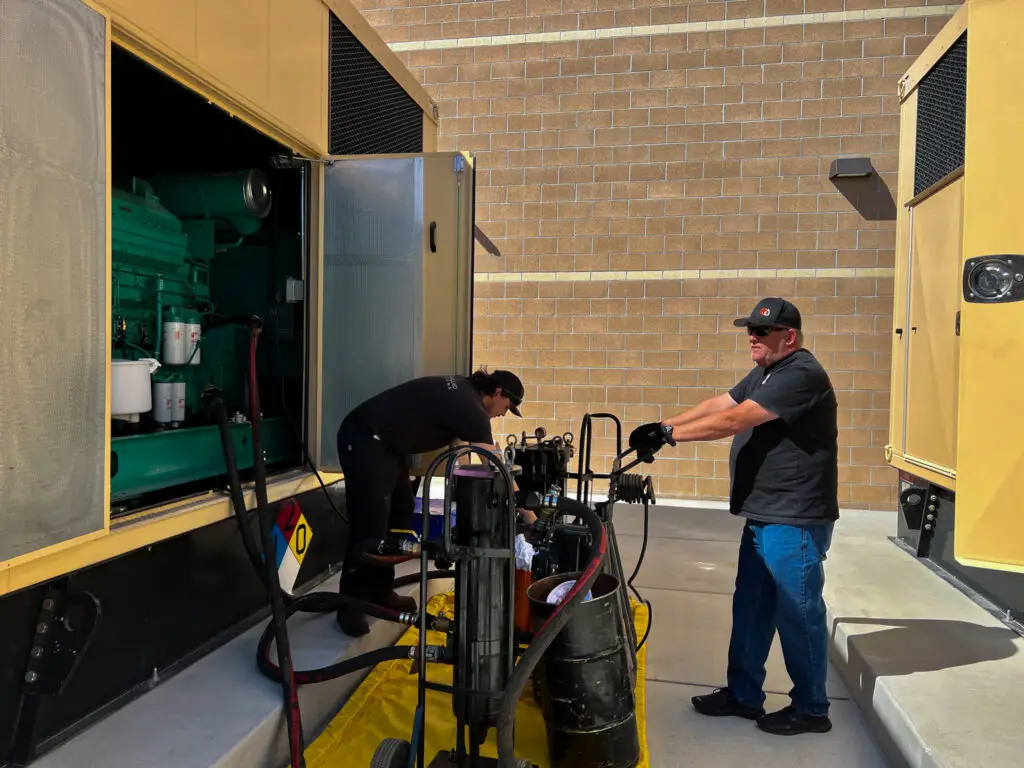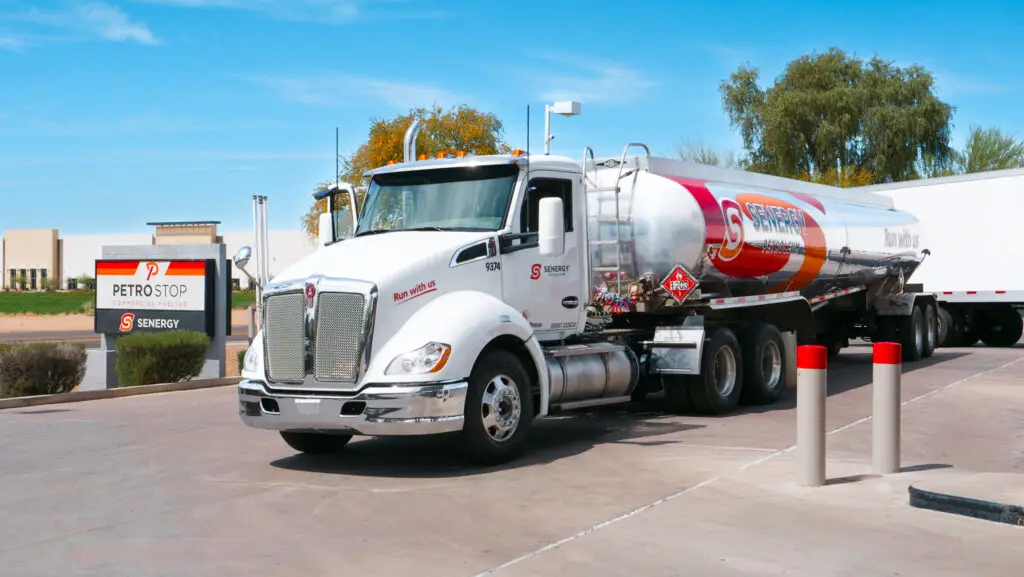In any equipment-based business—construction firm, farm, or manufacturing plant—there is one thing all equipment has in common: it needs proper lubrication. Without it, moving parts wear out, bearings seize, and components fail prematurely. Grease may not be the most exciting part of your maintenance routine, but it plays a critical role in determining how well and how long machines will operate. Choosing the right grease is not a minor detail; it’s a significant decision that directly impacts the lifespan and performance of your equipment.
Many people don’t pay much attention to the type of grease they use. They often choose whatever is most convenient or lowest in cost. However, greases vary widely. Some are designed for high temperatures, others are water-resistant, and some are built to handle heavy loads. Using the wrong type can cause more damage than it prevents. This is why it’s essential to understand the fundamentals of grease and how it performs with your specific equipment over time.



